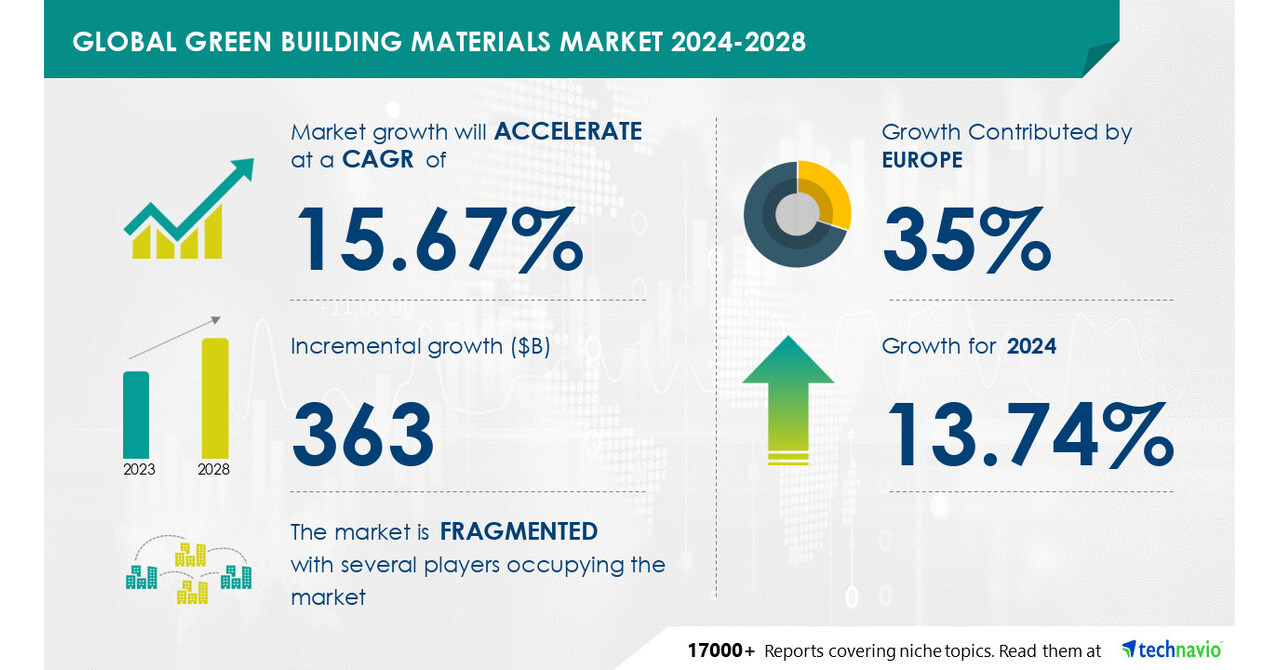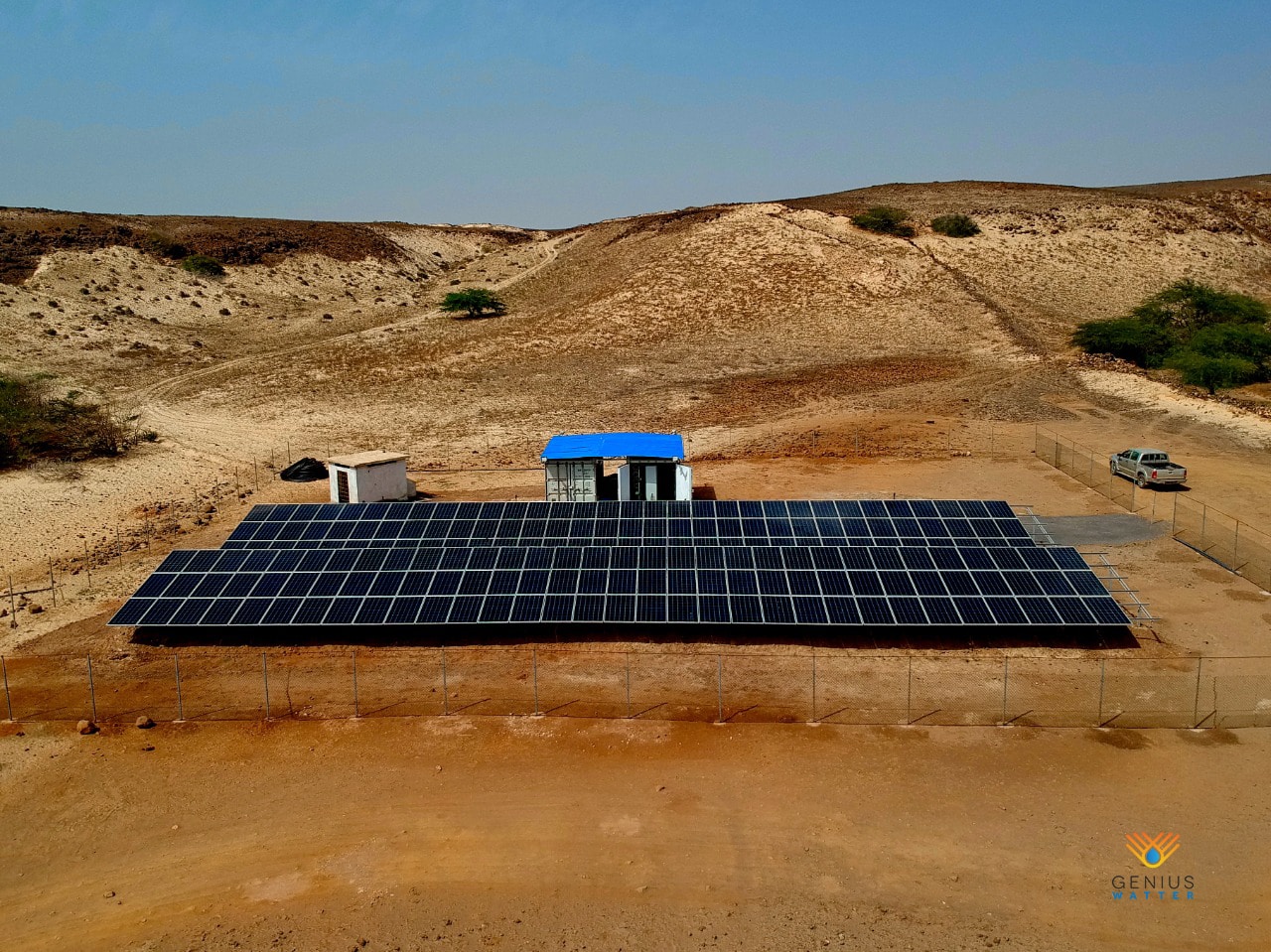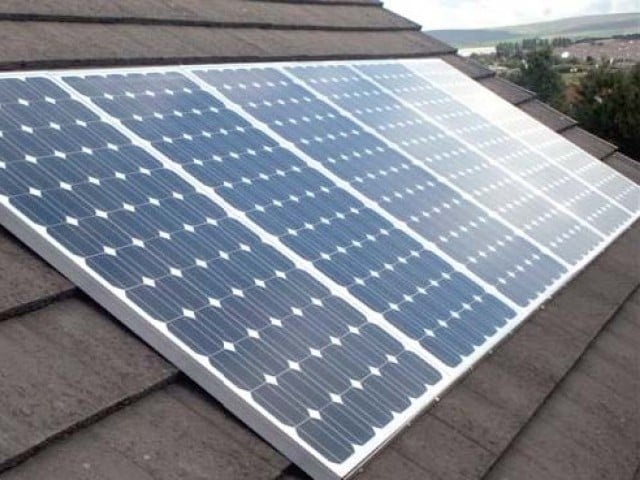The global green building materials market is projected to expand significantly, with an estimated growth of $363 billion from 2024 to 2028, according to Technavio. The market is set to grow at a compound annual growth rate (CAGR) of approximately 15.67% during this period.
Driving Factors in Market Growth
The rising need for energy-efficient green buildings is the primary driver of this market growth. Advances in insulation materials, such as Styrofoam board and spray foam with low-emission blowing agents, are gaining popularity. These materials, including XPS foam panels, which have a much lower greenhouse gas contribution, are essential in the energy market trends. As manufacturers shift to environmentally friendly agents like hydro-fluoro olefins (HFO), the market for these sustainable products is expanding.
Key Trends in Green Building Materials
The demand for sustainable construction materials is increasing due to heightened awareness and regulatory pressure. Insulation made from recycled materials, low embodied energy concrete, and fabricated roofing systems from recycled materials are gaining traction. Additionally, building information modeling (BIM) technology is revolutionizing the design and construction of energy-efficient buildings. The integration of renewable energy sources and green certifications are further propelling market growth. These developments in solar technology and energy storage solutions are crucial for future investments in the solar energy market.
Challenges in the Green Building Sector
Despite the promising growth, the green building materials market faces challenges due to high initial investment costs. Advanced, energy-efficient materials and technologies increase costs for both small and large firms. The additional expenses related to architectural and engineering design, modeling, and sustainable practices integration can deter demand. The availability and accessibility of these materials, along with consumer education and awareness about their long-term benefits, are significant hurdles.
The lack of standardization and certification processes further complicates market growth. To overcome these challenges, the adoption of green building codes and the promotion of renewable and recycled materials are essential. Collaborative efforts between producers and consumers are crucial for advancing the use of green building materials and fostering a sustainable construction industry.
Research Analysis and Market Overview
The Green Building Materials Market encompasses a broad range of eco-friendly materials, including wool, recycled materials, terrazzo, recycled concrete, stucco, stone, rubber-based materials, and ashcrete. These materials are extracted and fabricated in a resource-efficient and environmentally responsible manner. The use of green roofing materials significantly contributes to sustainable development in urban residential and commercial sectors.
Energy-saving measures, such as insulation made from green-certified building materials, are vital for energy-efficient construction projects. The manufacturing processes adhere to strict environmental standards, ensuring minimal waste and maximum recycling. Innovations in the construction industry continue to introduce new green products to meet the growing demand for sustainable buildings.
Overall, the Green Building Materials Market is expected to expand as more projects adopt sustainable building practices, driven by environmental concerns and government regulations. This growth is essential for the future of energy-efficient construction and the broader energy market.
Source:prnewswire.com





